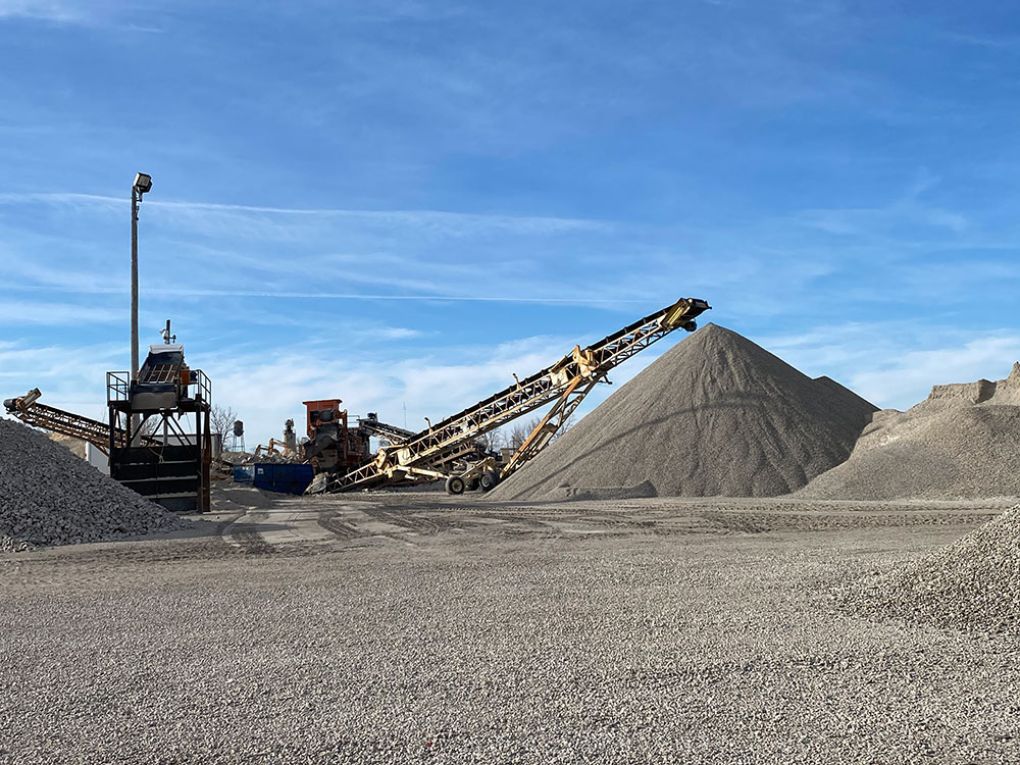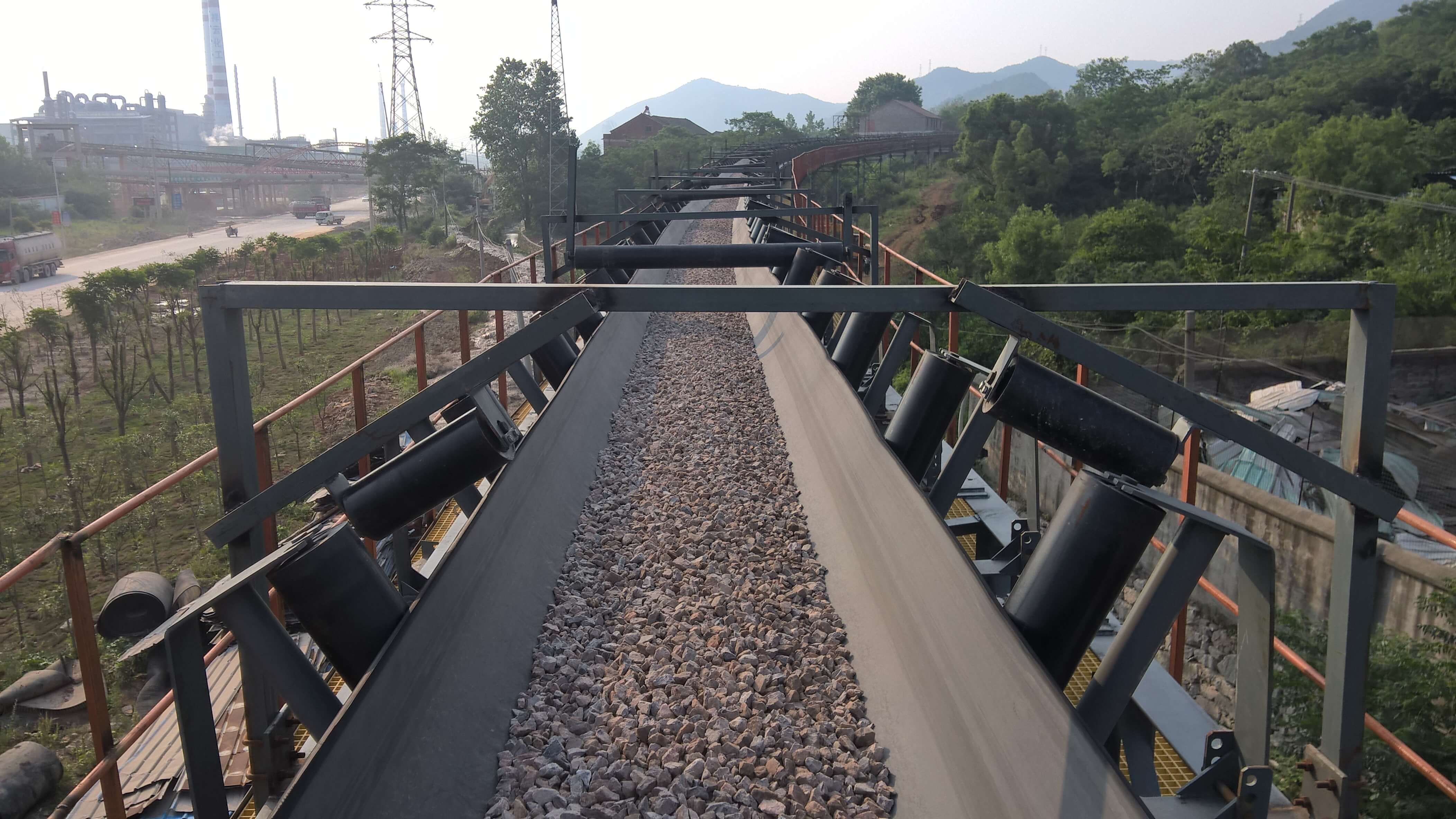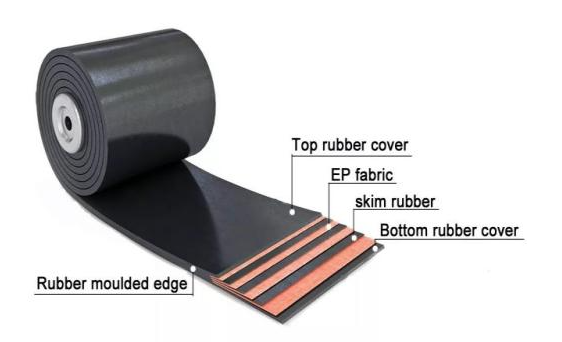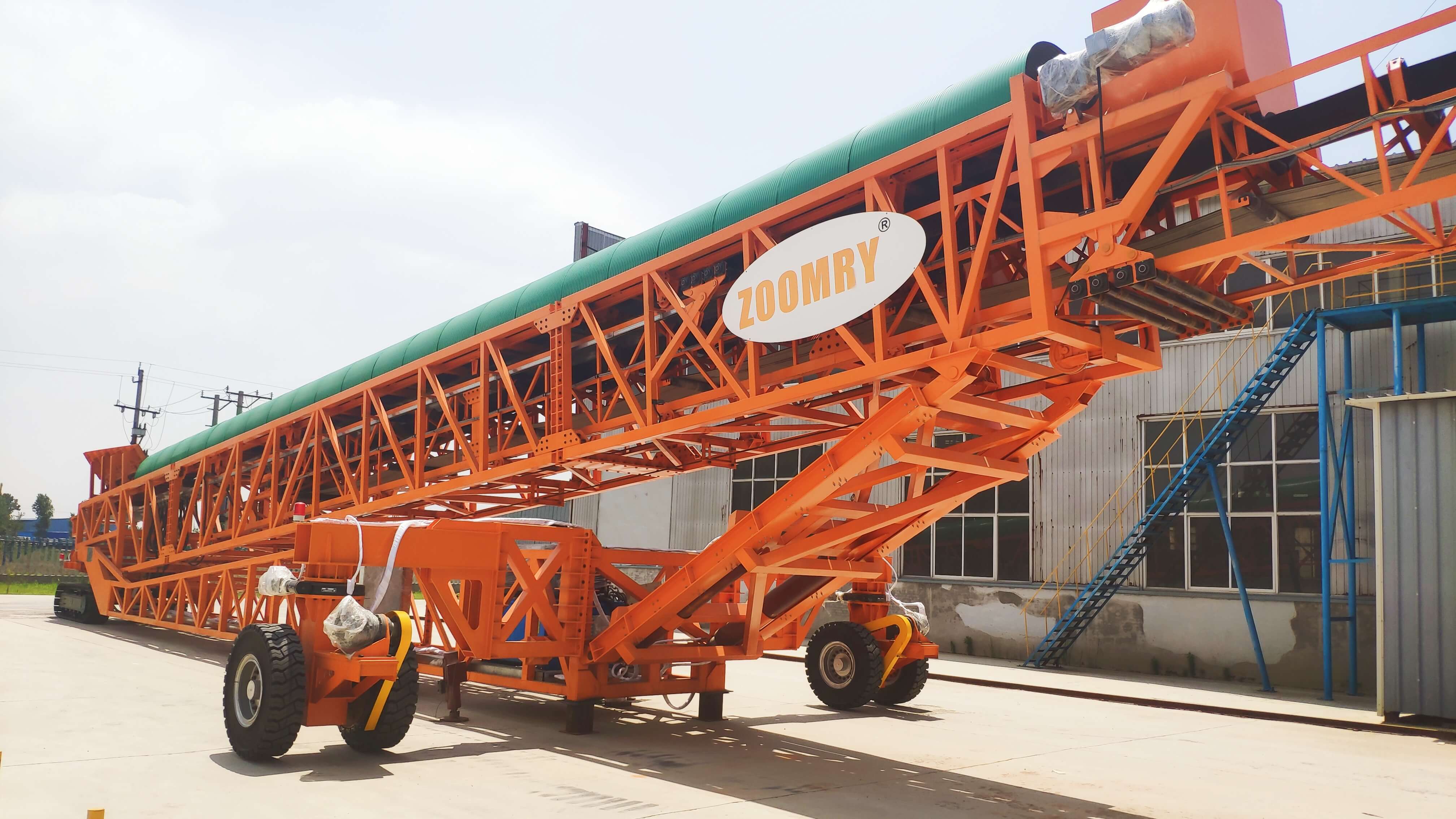In mining operations, rubber Conveyor Belts play a vital role, differing significantly from conveying equipment used in other industrial sectors in terms of design, materials, and operating environments. Selecting the appropriate mining conveyor belt is not a simple task and requires careful consideration of numerous factors. To ensure the chosen belt offers outstanding safety, operational stability, and handling efficiency, it is crucial to base your decision on the following core selection criteria. This article outlines these key points to help you choose the most suitable mining rubber conveyor belt for your project.

1. Belt Strength: The Foundation of Load Capacity & Operational Safety
The strength grade (often expressed as tensile strength N/mm or ST rating) of a mining rubber conveyor belt directly determines its maximum material load capacity. Selection must be based on accurately calculating the required strength, considering the maximum weight, bulk density, and batch size of the conveyed material. Additionally, conveying distance is critical – longer distances increase tension due to the combined weight of the belt and material; steep inclines or heavy-load startups place higher instantaneous demands. Therefore, for long-distance, high-capacity, steep incline, or frequent heavy-load start applications, selecting a high-strength grade rubber conveyor belt is essential to guarantee the safe and reliable operation of the entire conveying system.
2. Wear Resistance: Crucial for Handling Harsh Mining Abrasion
The mining environment is inherently challenging, with belt surfaces subjected to continuous severe friction, scraping, and impact from hard ores, tailings, and other materials. Without effective damping equipment (like impact beds, bars) and high-quality impact idlers, the belt and associated structures face accelerated wear. Premium mining rubber conveyor belts are manufactured from high-wear-resistance rubber compounds, offering excellent abrasion resistance. When paired with well-designed feed chutes and impact idler systems, they effectively absorb shock and reduce friction, delivering exceptional service life even in the toughest mining conditions. This significantly reduces replacement frequency and maintenance costs.

3. Heat Resistance: Essential for Transporting Hot Materials
In certain mining operations (e.g., transporting hot sinter, coke, or cement clinker), material temperatures can be extremely high. Standard rubber conveyor belts can easily soften, deform, crack, or experience complete structural failure under sustained heat. Consequently, heat resistance becomes a mandatory selection criterion for hot material transport. Choosing belts made from special heat-resistant rubber composites is necessary. These can effectively withstand elevated material temperatures, ensuring stable physical properties and continuous, reliable material transfer in high-heat environments, preventing costly downtime due to belt deformation or damage.
4. Oil Resistance: Necessary Property for Resisting Grease & Oil
Across various mining applications, conveyed materials may contain oily components (e.g., some oil shales, greasy equipment parts, or oil-contaminated waste). Additionally, the belt may encounter hydraulic fluids or lubricating oils along the conveying path. Standard rubber swells, deforms, loses strength, and may even delaminate when exposed to oils/grease. Therefore, selecting a rubber conveyor belt with good oil resistance is critical whenever oil contact is a risk. Dedicated oil-resistant rubber compounds effectively resist oil penetration and corrosion, significantly extending belt lifespan and avoiding unexpected damage, frequent replacements, and the associated additional operating costs.
5. Tear Resistance: The Protective Shield Against Impact & Sharp Objects
Mining material transport environments typically involve irregular, sharp-edged materials (like large ore chunks or crushed rock). During loading, unloading, and conveying, the belt surface or edges will inevitably collide or snag on sharp objects. If the belt lacks sufficient longitudinal/transverse tear strength, it becomes highly susceptible to tearing, gouging, or even catastrophic failure. This can cause material spillage and potentially cripple the entire conveying line. Thus, superior tear resistance is a core safety requirement for mining conveyor belts. High-tear-resistant rubber belts often incorporate high-strength fabric rip-stop weaves or use special cover compound formulations to effectively distribute impact forces and resist penetration by sharp materials, greatly reducing tear risk and ensuring highly efficient, continuous, and safe system operation.

6. Splicing Method: Ensuring Connection Reliability
The conveyor belt splice joint is a critical link; its reliability and strength directly impact system continuity and efficiency. Common splicing methods include:
- Mechanical Splice: Uses belt fasteners/plates for quick, simple installation, suitable for temporary setups or emergency repairs. However, it has significantly lower strength (typically 50-70% of the belt's original strength), tends to vibrate and create noise during operation, and can damage pulleys. Primarily used where strength demands are low and frequent disassembly is needed.
- Cold Vulcanizing Splice: Uses high-strength adhesives bonded at ambient temperature. Offers higher strength (approx. 70-90% of belt strength) and good smoothness. Suitable for small-to-medium conveyors and situations where space constraints or lack of hot vulcanizing equipment is an issue. Requires careful control of environmental conditions (temp/humidity) and operator skill.
- Hot Vulcanizing Splice: Bonds ends by heating and pressurizing to induce molecular cross-linking/fusion. This delivers the highest strength, greatest reliability, and smoothest running connection (joint strength approaches or equals the belt strength), offering a lifespan matching the belt body. Requires skilled technicians and specialized hot vulcanizing equipment. Highly recommended for large, heavy-duty, high-speed, and long-distance mining conveying systems. Selecting the appropriate splicing method based on the mine's specific operational needs, installation conditions, and maintenance capabilities is vital to effectively mitigate operational risks and the burden of frequent repairs.
7. Belt Width and Thickness: Matching Equipment Design & Material Characteristics
Conveyor belt width (B) and overall thickness / cover rubber thickness are not arbitrary choices. They must strictly adhere to conveyor equipment design specifications (e.g., pulley diameter, idler trough angle) and the characteristics of the conveyed material (e.g., maximum lump size, flowability, angle of repose).
- Insufficient Width: Can lead to material spillage, belt mistracking, and inability to meet required capacity.
- Excessive Width: Results in unnecessary cost increases and inefficient use of equipment space.
- Insufficient Thickness (especially cover rubber): Leads to poor wear/impact/puncture resistance and short lifespan.
- Excessive Thickness: Increases belt weight, flexural resistance, drive power requirements, and potentially raises operating energy costs. Choosing the correct width ensures stable material transport and prevents spillage. Selecting the appropriate thickness (particularly the top cover thickness) provides adequate protection against wear and impact, and ensures proper belt flexibility over the equipment, collectively preventing belt overload or accelerated damage. Generally, larger, more abrasive materials require greater belt width and thicker cover rubber.
8. Equipment Type: Selection to Match the Operating Scenario
Mining operations and environments vary widely, necessitating the selection of suitable conveying equipment types based on specific application requirements, which in turn determines the belt's suitability:
- Fixed Conveyors: For permanent installations and long-haul, continuous conveying.
- Mobile/Telescopic Conveyors: Ideal for applications requiring frequent relocation and length adjustment (e.g., dump sites, downstream of mobile crushers, ship loading/unloading).
- Steep Angle/High Incline Conveyors (e.g., corrugated sidewall/chevron): Achieve high-gradient (even vertical) lifting in confined spaces, saving space.
- Pipe conveyors: Enable enclosed transfer, preventing dust and spillage, especially suitable for environmentally sensitive areas and complex routing curves.
- Curved Conveyors: Allow directional changes without transfer points. Selecting equipment type involves considering material characteristics, conveying path, environmental regulations, etc. Different conveyor types also impose specific requirements on the supporting belt's properties (e.g., lateral rigidity, mistrack resistance, troughability).

Comprehensive Decision Making to Optimize Mining Conveying Performance
Selecting and deploying rubber conveyor belts for mining projects requires comprehensive evaluation. The key lies in thoroughly assessing core performance factors such as belt strength, wear resistance, heat resistance, oil resistance, and tear resistance, while also integrating application-specific considerations like the splicing method, width/thickness compatibility, and appropriate equipment type.
The benefits of the right choice are significant:
- Substantially increases material handling efficiency: Reduces downtime, ensuring continuity.
- Significantly lowers equipment failure rates and unplanned stoppages: Improves system reliability.
- Effectively reduces maintenance costs and replacement expenses: Through extended belt life.
- Enhances operator and equipment safety: Prevents major incidents like tears and breaks.
- Maximizes Return on Investment (ROI): Achieves optimal cost over the equipment lifecycle.
Zoomry, as a professional manufacturer of rubber conveyor belts for mining, boasts extensive industry experience and comprehensive technical expertise. Our product range covers various types and specifications of conveying equipment, enabling us to provide tailored conveying solutions for diverse and complex mining requirements. To date, our mining conveying systems have been successfully deployed in over 50 countries and regions worldwide, serving projects across more than 1,000 locations, earning widespread trust through reliability and durability.
Seeking the ideal conveying solution for your mining project? Contact the Zoomry professional team today for customized advice and product support! Click the link or button below to access our latest contact information.

 ZOOMRY
ZOOMRY

